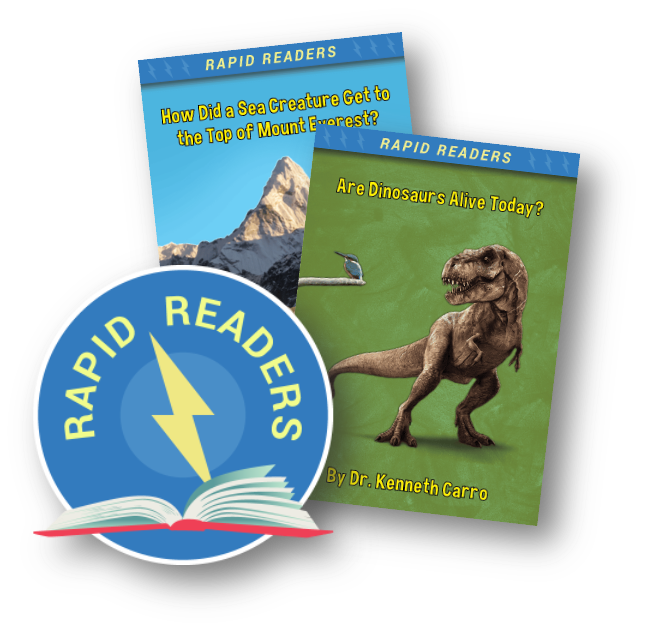Bridging the gap between traditional and digital learning, mobile technology emerges as a key player in enhancing educational experiences and nurturing stronger connections between caregivers and children in today's fast-paced world.

The integration of mobile technology in education marks a significant shift in the learning landscape. Far beyond a mere trend, it’s a transformation that bridges the gap between traditional classroom settings and the dynamic world of digital learning. These advancements have opened doors to interactive and accessible education, facilitating unique learning experiences that extend beyond the confines of school walls. For caregivers and educators alike, this means a world of opportunities to engage and inspire young minds, offering a platform for continuous learning and exploration.












